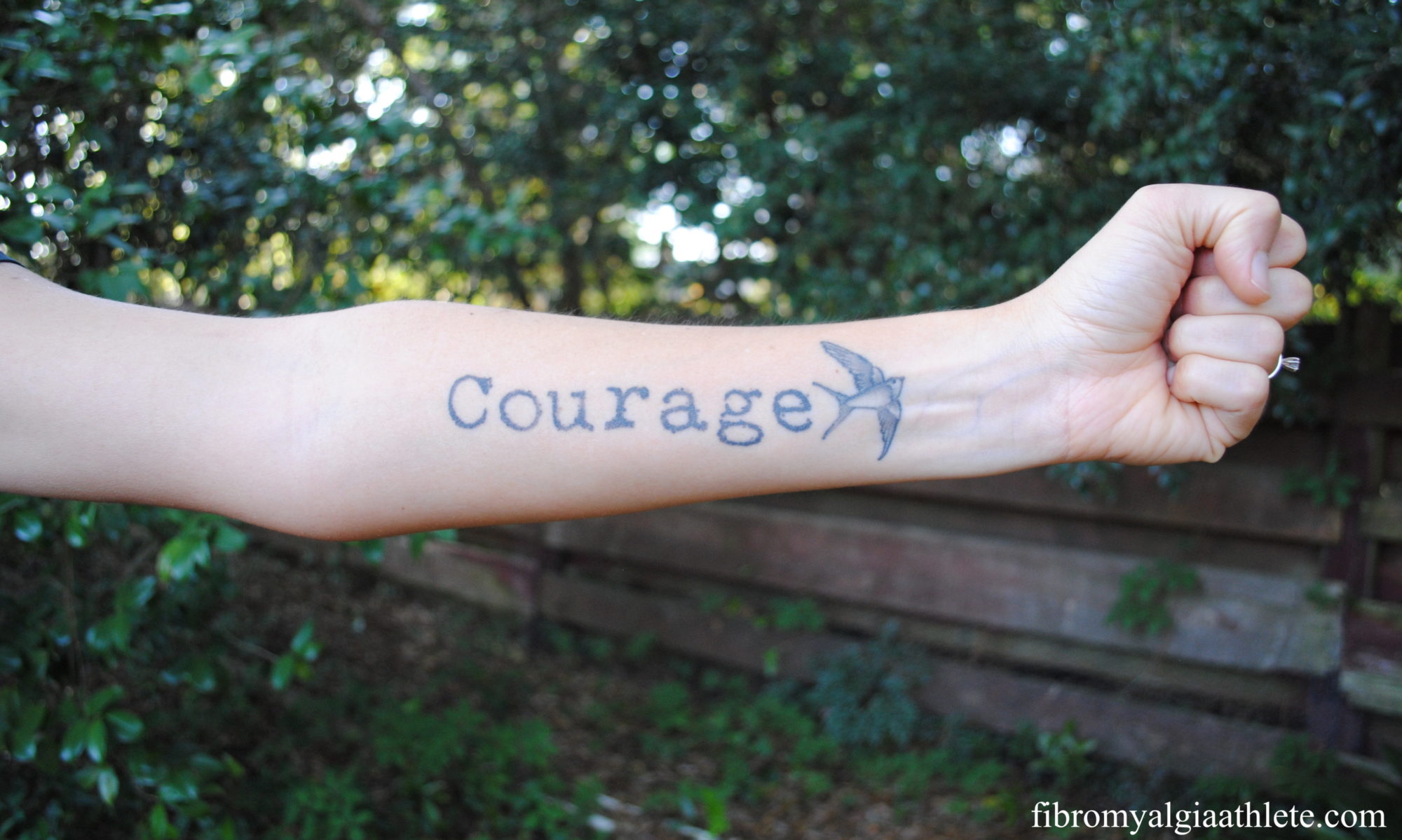I’m highly skeptical of our modern medical industry— not because of practitioners so much as insurance companies’ influence on patient care. I’ve heard of boutique medicine, which as I understand it is essentially cash-pay for individualized treatment outside the bounds of insurers, but I’d never had experience with that type of doctor. I already pay more than my mortgage every month for our health insurance, then still owe co-pays and deductibles if I actually use the insurance, so the idea of paying fully out of pocket isn’t appealing at all. But desperation breeds willingness to try new things, so I went to an open house for a regenerative medicine doctor who practices outside the confines of insurance interference.
The facility was nice and clean, but not overly ornate. It had less of a clinical feeling and more of a personal vibe, and the doctor and physician’s assistant were welcoming and engaging as they greeted visitors. Instead of a waiting room full of literature about prescription drugs, I saw holistic supplements and bone broth for sale. The doc and PA looked extremely fit and healthy, and while of course looks can be deceiving, as an athlete, I was impressed that they appeared to work hard for their physiques. Cautiously, I began to feel hopeful and wonder if I’d finally found some real medical help. I registered for my first appointment, then went home to fill out a dozen pages of online paperwork.
The questions asked by the clinic’s online health history program were shockingly personal, in a good way. Even for the gender identifier, their were options beyond just male/female. I’m not transgender, but if I were, there was a space to identify as myself. What a breath of fresh air! I listed the various diagnoses I’d received over the years (fibromyalgia, cervical dystonia, guttate psoriasis, etc.), but also answered questions about my diet, exercise, and sleep habits. The forms were more thorough and probing than anything I’d seen at an insurance-accepted place.
A few days later, I sat in my truck outside the office and tried to calm myself with a few deep breaths. I wasn’t nervous about what would happen at the appointment, but I was very nervous that even the cash-pay, uninhibited-by-insurance doctor couldn’t help me. I’d put so much hope in the hands of medical professionals in the past and usually been slapped with disappointment, so I’d mostly quit seeking medical interventions. But May was a really, really hard month for me, and I needed help ASAP.
My appointment was over an hour long— 60+ minutes with just the doctor and me! No interruptions, no hurried feelings, no bullshit. It was more like a conversation than a medical appointment, even though he examined my back and talked about symptoms and tests and nutrition. I pulled out my usual stack of photographic evidence— pictures of my ghost-white fingers (Raynaud’s), rash-covered torso, and a few other oldies-but-goodies. He listened, talked, and drew diagrams on a dry-erase board. Unlike every other doctor’s appointment I’ve ever been to, I never once felt like I was keeping him from something more important than our time together.
I left with orders for comprehensive blood work and a kit for finger-prick testing and urinalysis. The doctor would start investigating from the most basic upward, and would look at everything from my cholesterol levels to potential food sensitivities. Only one lab in town could perform the tests, which told me how out-of-the-ordinary this doctor’s protocols were compared to most MDs. The first test was SpectraCell’s CardioMetabolic Panel (plus a few other things, like hormone levels), and next week I’ll find out the name of the next test.
I also bought several supplements that he recommended, including a highly concentrated and purified version of fish oil capsules. His goal is to attack the systemic inflammation in my body, and while he looks for the cause through blood work, he wants to knock it down as much as possible in the meantime. And no NSAIDs! That was one of the most shocking things he said. I’ve been on and off (mostly on) the NSAID train for so many years, but he’s adamant that NSAIDs actually inhibit healing. I’m sure there are skeptics, but after years of NSAIDs and chronic pain, I’m very willing to try new theories.
I’ve had one blood draw already and will go for the next one next week. Once the results come back, maybe I’ll finally have a path to wellness. Of all the things I’ve tried over the years, this line of medical treatment seems to make the most sense, and for the first time in a long time, I’m hopeful again.






